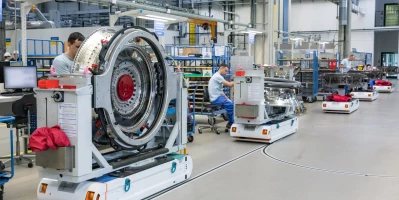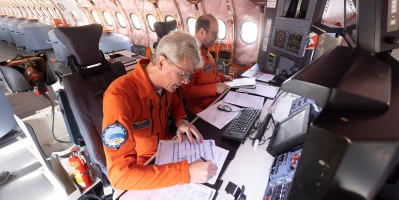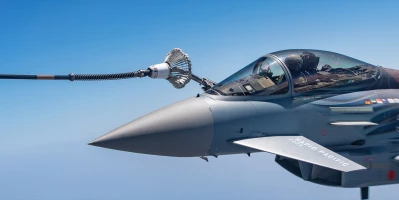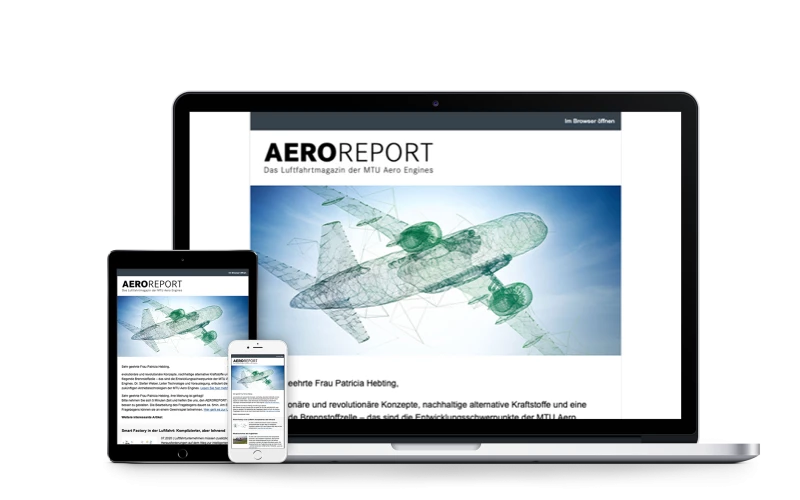good-to-know
How winglets work
A little bend makes aircraft quieter and more efficient: designed to improve lift, winglets are up- or downturned extensions at the tips of wings.
07.2018 | 2 mins reading time
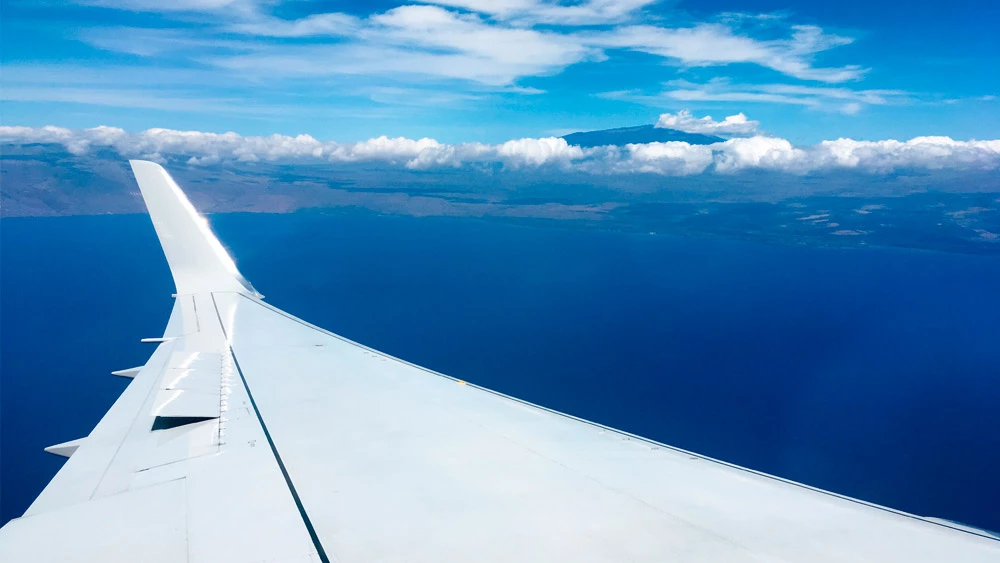
A little bend makes aircraft quieter and more fuel-efficient: winglets—upturned or downturned extensions at the tips of wings—improve an aircraft’s environmental performance by reducing drag and increasing lift.
Inspired by nature: Birds of prey have long wingtip feathers that they can spread out like a fan, which reduces air resistance and increases lift and speed. Richard T. Whitcomb, a specialist in aerodynamics at NASA, adapted this principle for aviation in the 1970s, at a time when the oil crisis had caused prices for aviation fuel to skyrocket. According to Whitcomb's calculations, an additional vertical wing saves fuel because it increases the lift-to-drag ratio.
The principle: An aircraft’s lift is generated by low pressure on the upper surface of the wing and high pressure on the lower surface of the wing. Air flows up around the wing to balance out the low pressure. This air movement creates vortices, particularly at the wingtips, which counteract lift and increase kerosene consumption. Winglets are able to reduce these vortices.
How it works: Winglets break down the vortices at the wingtips into smaller eddies, which partly cancel each other out. This reduces flow resistance and improves lift—the aircraft rises faster and therefore generates less noise while taking off. It also needs less energy in flight, which increases its range.
Net benefit: Winglets increase the weight of an aircraft, both with their own weight and also because of the structural reinforcements that need to be made to the wings. However, this negative effect is compensated for by the reduction in fuel consumption, particularly on long-haul flights. The net outcome is that winglets lower fuel consumption by up to five percent.
Evolution: Wingtip designs can be very different. Airbus initially fitted commercial aircraft with wingtip fences, which have surfaces extending both above and below the wingtip. Boeing developed blended winglets, which are attached to the wing to form a smooth curve. More recent Airbus models have Sharklets, which curve up and back.
Taller than a man: Depending on the design, winglets can be quite large. The largest examples, measuring 3.45 meters, are fitted to the wings of the Boeing 767-300ER.









